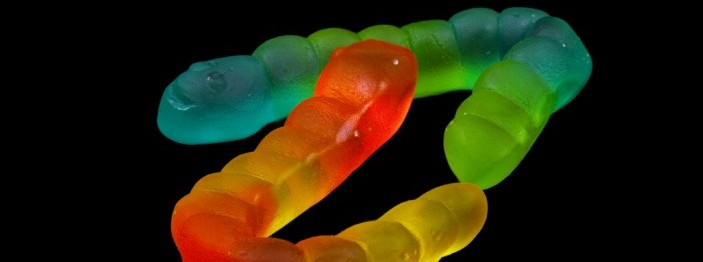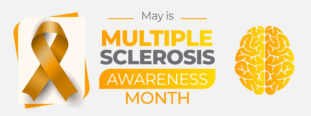Using worms to treat MS
One of the odder treatments proposed for people with multiple sclerosis (MS) is infecting them with worm parasites. But unlike many other quack cures, there is some science to support the idea.
Parasitic worms are called helminths, a category that includes well-known beasts such as tapeworms and hookworms. The two types most often investigated in MS are Trichuris (the whipworm); and Schistosoma (the blood fluke), one of the most common parasitic infections worldwide (the CDC estimates 200 million are infected).
MS is problem enough, so you might well wonder why it might be good to add a parasitic infection to the picture.
The idea stems from the so-called Hygiene hypothesis. Since MS is more common in developed countries, where children are generally exposed to various bugs at a later age than are kids in developing countries, some have speculated that this late exposure leads to an abnormal development of the immune response. Being raised in an environment rich in bacteria, viruses and parasites trains our immune system to respond to a wide variety of antigens (assuming, of course, that we survive). In developed countries, with daycare, public transportation and shopping malls, we can’t always avoid bacteria and viruses. But we largely escape exposure to parasites. Schistosoma, for example, isn’t found in North America.
The immune response to parasites is quite different than its response to bacteria/viruses. Immune cells (T helper cells) that haven’t encountered disease are neutral (called Th0), but they quickly develop a specific response to an invading organism. As a general rule, bacteria and viruses prompt a Th1 response, whereas parasites stimulate a Th2 response. The Th1 response is known to be especially inflammatory and this is the immune response that drives much of the inflammation and tissue damage seen in MS. In contrast, the Th2 response is largely anti-inflammatory.
So what if Th development could be shifted to favour Th2 rather than Th1? Would that help MS?
In fact, that’s how immunomodulatory therapies such as Copaxone and the interferons are believed to work (Vieira and colleagues. J Immunol 2003;170:4483-8; free full text at www.jimmunol.org/content/170/9/4483.full.pdf+html; Chen and colleagues. Eur J Immunol 2009;39:2525-2536). The same has been said about laquinimod, the new oral MS drug in development (Fernandez O. Neurologia 2011;26:111-117). A shift to Th2 also occurs during pregnancy (or else the mother’s body might reject the fetus), which may explain why MS relapses are less frequent during this period (Al-Shammri and colleagues. J Neurol Sci 2004;222:21-27).
Since the origin of the Th2 response is anti-parasitic, then infecting someone with a parasite should stimulate a Th2 anti-inflammatory response. This idea was first floated two decades ago – not just for MS, but other autoimmune disorders as well, such as lupus and rheumatoid arthritis (De Carli and colleagues. Autoimmunity 1994;18:301-308).
In the intervening years, helminths have been shown to have other effects on the immune system, such as promoting “self-tolerance” (i.e. less autoimmune response) and reducing the levels of inflammatory molecules (such as interleukin-17) (Correale & Farez. Front Cell Infect Microbiol 2012;2:112). It’s also been suggested that helminths may stimulate the body to produce nerve growth factor (NGF), which is needed to repair damaged nerve fibres (Zheng and colleagues. Med Hypotheses 2012;78:95-97).
In the animal analogue of MS (called EAE), various helminths have been shown to have different effects on the immune system, but generally driving it to a less inflammatory response (Kuijk and colleagues. Mol Immunol 2012;51:210-218).
Thus far, only one study of helminth therapy has been done in humans (Fleming and colleagues. Mult Scler 2011;17:743-754). The pilot study, suggestively called HINT 1, used eggs from the pig whipworm (Trichuris sui). Five brave souls took the eggs orally every two weeks for three months. At the end of the study, the number of inflammatory lesions seen on MRI had fallen on average from about 7 to 2, then rose again within a couple of months after stopping treatment. Worm egg therapy also appeared to stimulate a favourable, anti-inflammatory immune response.
So the evidence supporting worm therapy for MS is still at an early stage, but the results have been encouraging enough to prompt other studies. The phase II TRIMS A study has recently concluded in Copenhagen, but results are not yet available. The phase II TRIOMS study is now recruiting subjects in Germany. It’s too soon to know if worm therapy has any merit (and giving yourself a parasitic infection is not recommended), if some worms are better than others, the optimal dose, and so on. We’ll have to wait to see what the two trials reveal.
Share this article
Facebook Twitter pin it! Email
Related Posts
Back





